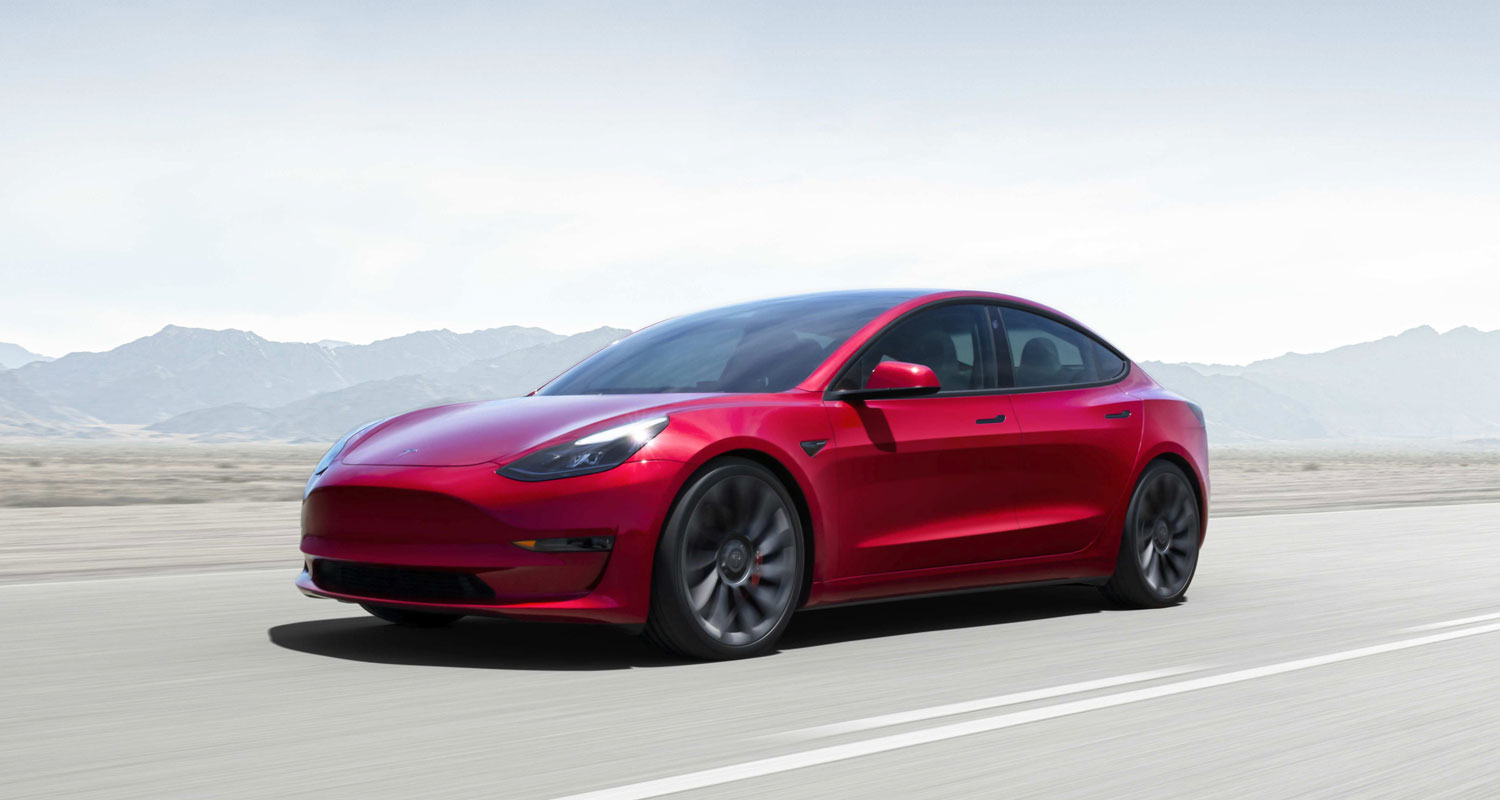
Elon Musk’s prediction that Tesla would have an “epic” end of year looks more off base by the day.
The ebullient outlook the CEO offered during the car maker’s last earnings call has given way to price and production cuts in China. In the US, Tesla is offering consumers something previously unthinkable: a US$3 750 incentive to take delivery of certain vehicles now, rather than wait for the new year.
“Tesla increasingly appears to have a demand issue,” Toni Sacconaghi, a Bernstein analyst with the equivalent of a sell rating on the stock, wrote in a report last week. He believes Tesla will need to slash prices further to stimulate demand in China, plus make permanent cuts to the cost of models in the US to qualify for perks tucked in the Inflation Reduction Act.
Musk may have lost his status as world’s richest person on Tuesday, but Tesla remains in an enviable spot. It’s still the dominant seller of electric cars globally and carried just eight days’ worth of vehicles in inventory at the end of September. No other car manufacturer is as well positioned to take advantage of tax credits for battery cell manufacturing and locally assembled EVs.
But in order to meet its goal to grow deliveries by 50% annually over several years — an objective Tesla already has said it will fall just short of in 2022 — it looks increasingly likely that Musk will have to make some compromises. Cutting the sticker prices of models in the line-up even as battery costs creep up may shrink profit margins.
Musk also keeps alluding to headwinds that are out of Tesla’s control. During the company’s third quarter earnings call, he granted that demand was “a little harder than it would otherwise be” because of China’s slumping property market, Europe’s energy crisis and the US central bank’s interest rate increases. He offered an almost identical assessment in a tweet last week.
‘Gap’
The first sign of trouble for Tesla this quarter came when the company reported that its production exceeded deliveries by more than 22 000 vehicles during the prior three months. Chief financial officer Zachary Kirkhorn warned during the 19 October earnings call that investors should expect another “gap” at the end of the year, with more cars manufactured and still in transit as the quarter comes to an end.
Soon thereafter, Tesla cut prices cross its line-up in China, with reductions ranging from around 5% to more than 9%. In November, it offered insurance subsidies, reinstated a referral programme and even advertised on a local television shopping channel, departing from Musk’s longtime strategy to avoid traditional marketing.
Then last week it emerged that Tesla planned to lower production at its Shanghai factory by about 20% from last month. The company started offering further incentives, with sales in China dropping industrywide due in part to sporadic lockdowns that have kept consumers at home. The company scheduled downtime at its plant for the end of the month and into early January and is shortening the amount of time workers spend per shift on production, according to people familiar with the matter.
In the US, customers who take delivery of a new Model 3 or Y this month will get what Tesla is calling a $3 750 “price adjustment” to make up for the new EV tax credit taking effect next year. The company has been struggling to make bigger battery cells at its newest factory in Austin, Texas, and has called in help from Tom Zhu, the head of its Asia-Pacific operations.
Read: Elon Musk is no longer the world’s richest person
Back in April, Musk said Tesla would produce more than 1.5 million vehicles this year. The company made 929 910 cars in the first three quarters, so it needs to crank out more than 570 000 vehicles to meet that goal.
“Getting to 1.5 million for the year will be tough,” said Sam Fiorani, vice president for global vehicle forecasting at AutoForecast Solutions. “We’re looking at fear of recession, rising interest payments, buyers not anxious to spend a lot of money.”
Read: Tesla’s long-delayed Cybertruck could go into mass production in 2023
In other words, the sort of conditions Musk hasn’t had to contend with since Tesla was just getting started making Roadsters in 2008. — Reported with Chunying Zhang, (c) 2022 Bloomberg LP




